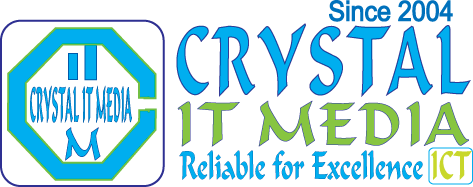Application integration is the foundational process of connecting diverse applications, systems, and subsystems to enable seamless workflows, streamlined processes, and unified data synchronization.
This essential capability allows multiple applications to communicate, collaborate, and share data across business verticals, effectively addressing complex operational challenges. It covers the integration of both on-premises and cloud-based systems to ensure a connected, agile enterprise environment.
Application integration is the process of connecting separate software applications, whether on-premises or in the cloud, to enable them to share data, processes, and functionality, thereby creating a unified, efficient, and flexible IT environment.
It’s used to automate business processes, reduce data silos, improve user experience, and support digital transformation by allowing different systems, like CRMs and ERPs, to work together seamlessly through middleware or APIs.
-
Connecting Disparate Systems: It bridges the gaps between applications that are built for different purposes and use different protocols or formats.
-
Data and Process Sharing: Applications can exchange information in real-time and coordinate business activities across different departments or units.
-
Automation: It automates data transfer and process flows between applications, eliminating the need for manual intervention and increasing operational efficiency.
-
Breaking Down Silos: By allowing data to flow freely between applications, integration prevents data from being isolated in separate systems, creating a more unified view of information.
-
Supporting Digital Transformation: It is a foundational element of digital transformation, enabling businesses to operate in innovative ways by modernizing IT infrastructures and creating more agile operations.How it WorksAPIs (Application Programming Interfaces): Applications can expose APIs that other systems can use to access their data and functionality.Middleware: Specialized software acts as a “translator” or “hub,” facilitating communication and data exchange between different applications and their protocols.Connectors: Pre-built integrations or “connectors” for popular applications and services (like Salesforce or Oracle) simplify the connection process.BenefitsIncreased Efficiency: Automates tasks and streamlines workflows, leading to significant cost and time savings.Improved User Experience: Provides a more consistent and seamless experience for users by presenting a unified interface or providing access to integrated data.Greater Agility: Allows businesses to adapt quickly to changing market demands and integrate new technologies into their IT landscape more easily.Enhanced Business Insights: Facilitates the flow of data across the enterprise, providing a more comprehensive view that supports better decision-making.


